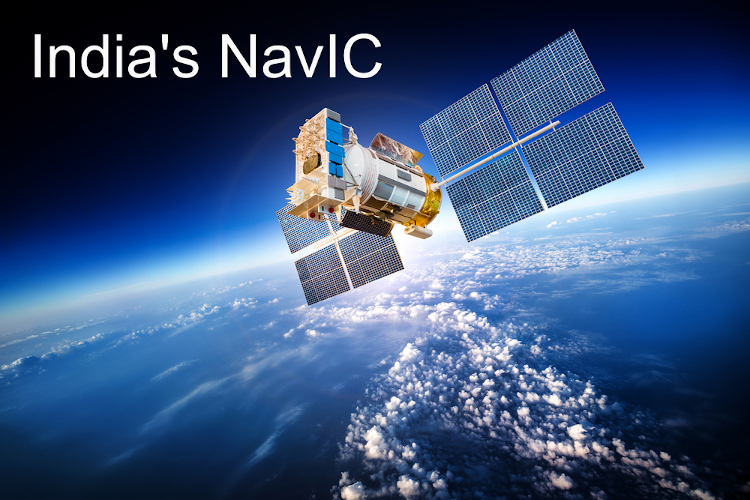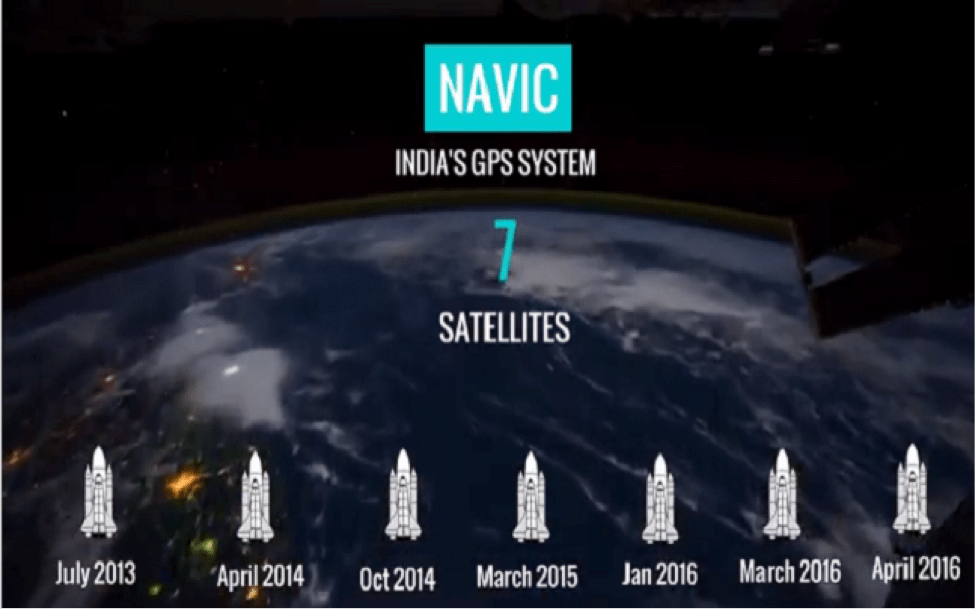Indian Government Pushes For NavIC Integration To Become Must For All Smartphones By 2025; What Is NavIC And Why Does The Govt Want To Mandate It?
The government is aiming for an ambitious plan to make NavIC, the indigenous navigation system, a mandatory feature in all smartphones. Accordingly, By January 1, 2025, all 5G smartphones must provide mandatory support for NavIC, and by December 2025, this requirement extends to all other phones operating in the L1 band, currently reliant on the Global Positioning System (GPS).

Mandatory NavIC Integration for Smartphones
Rajeev Chandrasekhar, the Minister of State for Electronics and Information Technology, announced the Indian government is set to enforce a mandate that compels smartphone manufacturers to incorporate the indigenous navigation system NavIC.
According to the new mandate, by January 1, 2025, all 5G smartphones must provide mandatory support for NavIC, and by December 2025, this requirement extends to all other phones operating in the L1 band, currently reliant on the Global Positioning System (GPS).
This requirement stipulates that devices must either offer support for NavIC-powered chips or employ NavIC chipsets.
Chandrasekhar went on to state Apple’s recent support for NavIC as a significant achievement, emphasizing the government’s goal to encourage NavIC integration across various platforms and products in India.
The government’s drive to include NavIC support in mobile phones, 5G-enabled devices, and automobiles holds importance, especially since Apple has agreed to support the protocol in some of its newly launched iPhone 15 models.

NavIC The Future
Chandrasekhar also expressed the possibility that, as mobile phone and chip design continue to advance and reach the necessary sophistication for mobile devices, NavIC chips could become the standard for powering these devices.
Moreover, the government intends to offer incentives to companies that incorporate Indian NavIC chips into their design systems. However, this does not mean that NavIC will be mandated as the sole navigation system for device-makers, whether in the mobile phone or automobile industries.
In the present digital environment, where governments mandate specific platforms, solutions, or technologies, it is equally crucial to consider factors like cost and performance competitiveness; at the same time, Chandrasekhar pointed out that Apple’s recognition of NavIC as a competitive GPS solution on a global scale validates its significance.

NavIC, India’s Homegrown GPS Alternative
NavIC, which stands for Navigation with Indian Constellation, represents an independent, standalone navigation satellite system developed by the Indian Space Research Organisation (ISRO).
It was approved in 2006 with a budget of $174 million, NavIC was originally scheduled for completion by late 2011 but only became operational in 2018.
Using eight satellites, NavIC covers the entire Indian landmass and extends up to 1,500 km (930 miles) beyond its borders. NavIC is currently employed in limited capacities, including public vehicle tracking, issuing emergency warnings to deep-sea fishermen operating in areas without terrestrial network connectivity, and providing information about natural disasters.
The government’s next objective is to enable NavIC in smartphones, marking a significant step forward.
NavIC in Comparison
NavIC’s key distinction lies in its serviceable area when compared to other global or regional navigation systems; while GPS serves users worldwide with its satellites circling the Earth twice daily, NavIC is designed primarily for use in India and neighbouring regions.
Three other navigation systems offer similar global coverage: Galileo from the European Union, Russia’s GLONASS, and China’s Beidou; on the other hand, Japan’s QZSS operates as a regional navigation system, focusing on the Asia-Oceania region, particularly Japan.
India’s 2021 satellite navigation draft policy outlines the government’s commitment to expanding NavIC’s coverage from regional to global, ensuring signal availability across the world. Notably, NavIC is deemed to be on par with the GPS of the United States in terms of position accuracy, as affirmed by the Indian government in August.

India’s Motivation for Promoting NavIC
India’s promotion of NavIC is driven by the aim to reduce reliance on foreign satellite systems, especially in strategic sectors. The rationale is that systems like GPS and GLONASS, which foreign defence agencies operate, may not always be reliable, with the potential for civilian services to be degraded or denied.
Thus, NavIC offers the advantage of being an indigenous positioning system under Indian control, eliminating the risk of service withdrawal or denial in critical situations.
Moreover, India seeks to encourage its ministries to utilize NavIC applications to support local industries engaged in developing indigenous NavIC-based solutions; therefore, in essence, NavIC represents a pivotal step towards greater self-reliance and technological autonomy in navigation systems for India.
The Last Bit, As the world becomes increasingly reliant on technology, India’s push for NavIC integration in smartphones marks a crucial step towards self-sufficiency and technological prowess.
The mandate to include NavIC in all smartphones indicates India’s commitment to innovation and self-reliance, emphasizing its potential to compete on the global stage.




